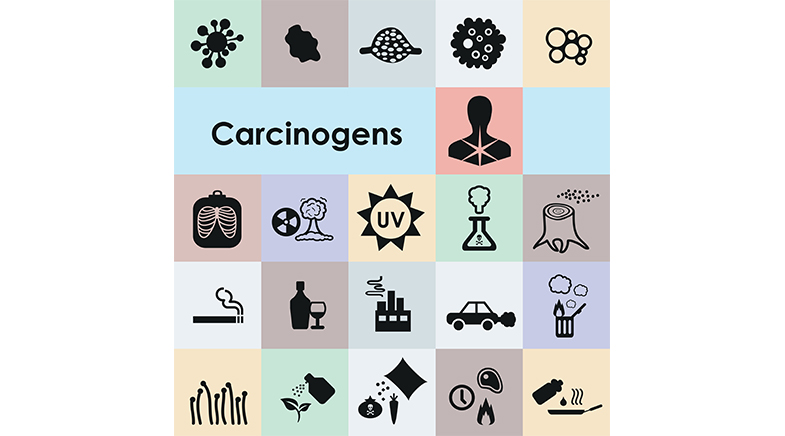Those magical magnons
-
- from Shaastra :: vol 02 issue 03 :: May - Jun 2023

Scientists and engineers have been looking for energy-efficient alternatives to silicon-based transistors. Magnons could be the answer.
About a decade ago, when Andrii Chumak started showing his proof-of-concept magnon transistor to the outside world, he was repeatedly asked a question: just when would a commercial device be ready?
Chumak was then a Research Associate at the University of Kaiserslautern in Germany, with a keen interest in the behaviour of electrons in crystals. He was particularly fascinated by how the spin of electrons located in crystals affected the spins of neighbouring electrons, with all the electrons ending up moving together like a wave.
The collective excitations in electrons — discovered in 1957 — are called quantised spin waves, or magnons. Till the 21st century, scientists had yet to learn how to put magnons to good use in devices.
Chumak, now a Professor at the University of Vienna, has been trying to use magnons to make transistors. Ten years ago, when asked about the possibility of a commercial device, Chumak used to be noncommittal. "My answer was that I didn't know," Chumak says. "My plan was to decrease the transistor's size from a millimetre to nanoscale within five years. Then I could claim it worked out." It seemed a challenging goal because the millimetre device had to be shrunk to one-millionth of its size. Nanoscale devices have sizes measured in billionths of a metre, or a nanometre.
PAST ISSUES - Free to Read


Have a
story idea?
Tell us.
Do you have a recent research paper or an idea for a science/technology-themed article that you'd like to tell us about?
GET IN TOUCH














